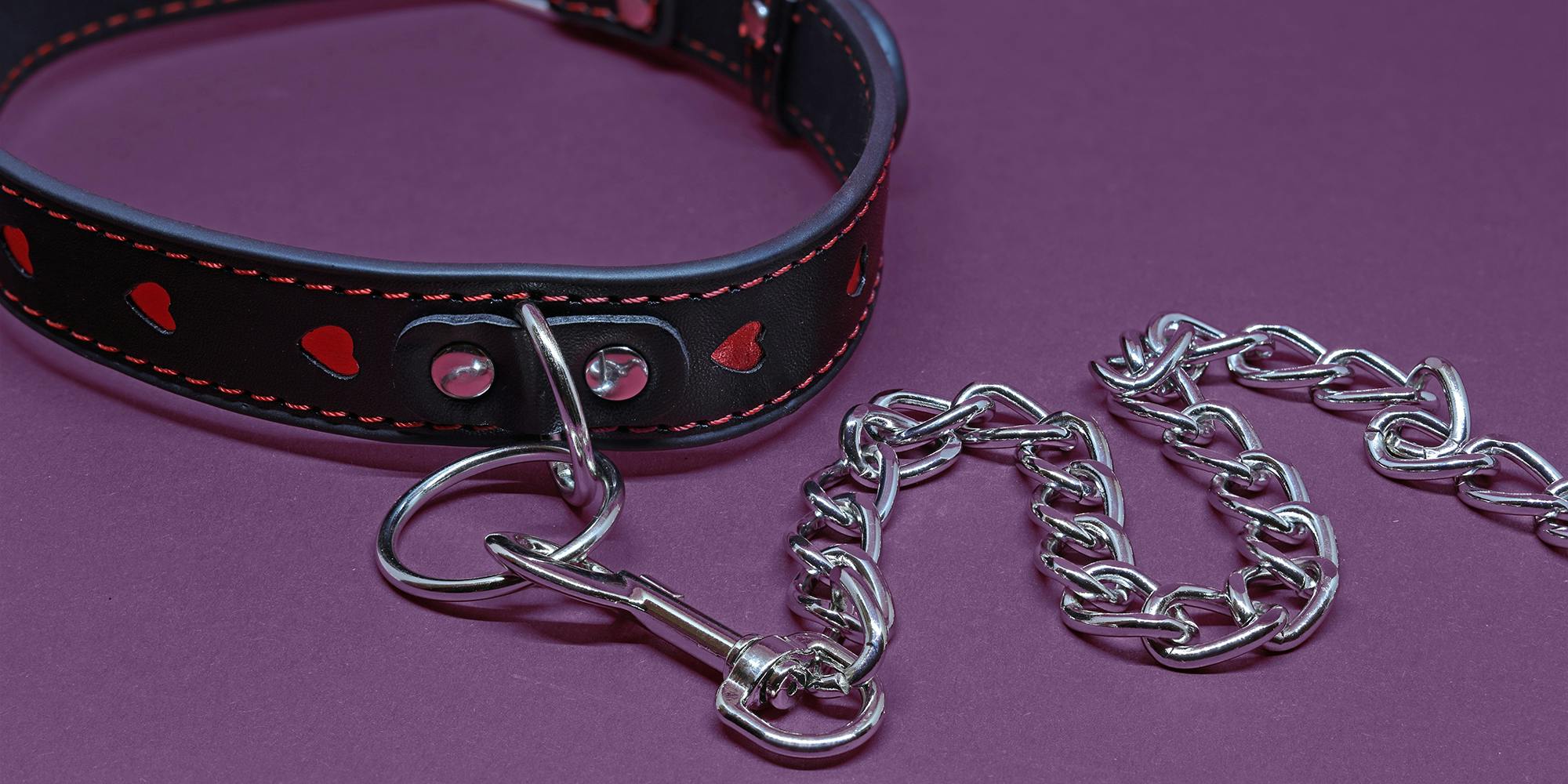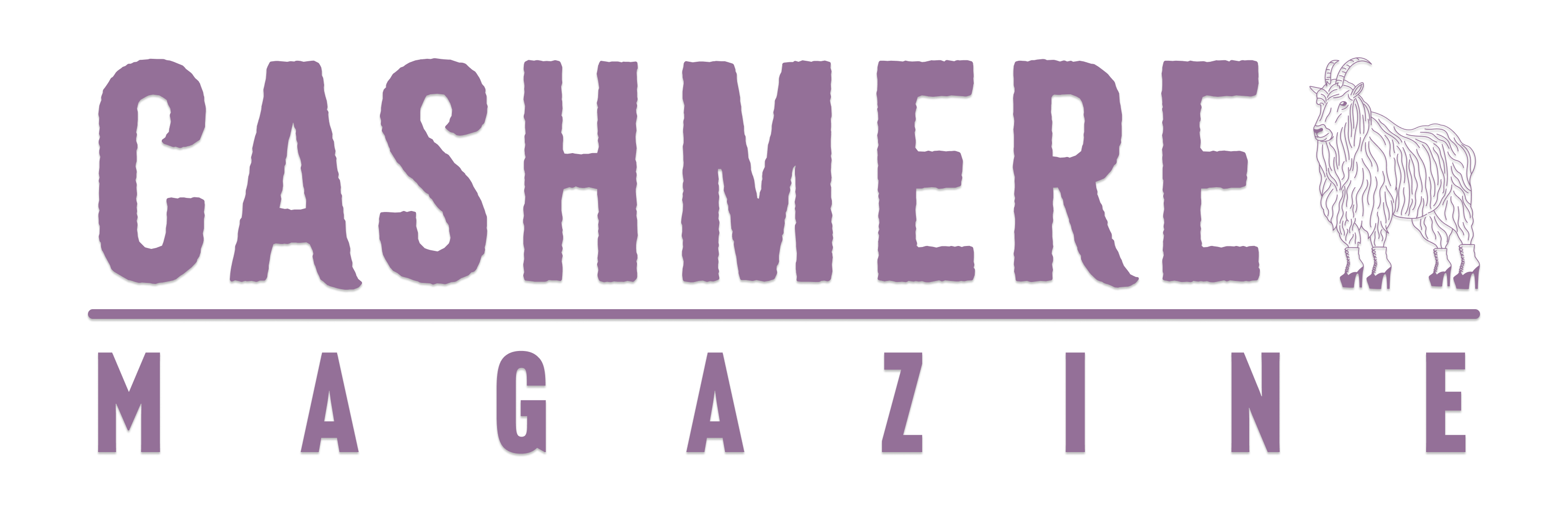
Collaring is a classic part of BDSM culture. From discreet day collars to the journey of finding a collar that clicks, the collar and its symbolism are integral parts of kinky practices. For a submissive, to be offered or earn a collar is a meaningful accomplishment, as a Dominant is inviting you to be their own. Whether that means permanently or temporarily, as a partner, pet, slave, or submissive, depends on the individual relationship.
The act of collaring someone can be extraordinarily special or totally mundane. Some people use a play collar to denote the boundaries between “BDSM time” and “regular time.” For others, consistently wearing a collar is a symbol of escalating love and seriousness in a relationship, not unlike making it official. Collars sometimes share a rank with engagement rings in the most intimate parts of a BDSM-led relationship.
The popular vision of collaring in BDSM is a social affair between kinky partners – usually in private, but there are lots of variations on this meaningful ritual, but our focus is on self-collaring. Solo kink play isn’t a new concept: some people practice self-bondage. Others practice self-inflicted cock and ball torture, getting their fix from instructional femdom videos. It’s understandable: Who wouldn’t want to keep their lives kinky when they’re single?
What if I wanted the joy of wearing a BDSM collar, but wanted the experience to be mine alone?
Collar For One, Please.
Self-collaring differs from the norm as the collar is assigned by and given to the same person. This makes the whole experience different, as BDSM has a strong connection to collars and presents a ‘typical’ way of wearing them.
Mainstream portrayals of BDSM often assume that kink is primarily about sexual power exchange, but experts say that’s only a small part of it. Evie Lupine, BDSM educator and Youtuber, critiques this portrayal and its exclusion of solo BDSM.
She tells Cashmere Magazine, “[The narrative around collaring] revolves around love and a romantic, sexual, monogamous relationship that is all-encompassing and all-important. The idea that BDSM is something you could participate in alone is antithetical to these types of representation. If a man could flog himself, what use does he have for chasing after a potential mistress? If a submissive could make a commitment to themselves for self-betterment, why go through the tumult of a new relationship?”
With an emphasis on the relational aspects of BDSM, self-collaring is pushed to the wayside and forgotten about. Despite this, it’s not a new practice and has existed for decades. Kink-adjacent leather subcultures have a strong affinity with collars. Kinky people wear collars as a nod to BDSM even when they’re not actively participating. People collar themselves in an act of self-ownership. Bold, BDSM-inspired fashion is hitting the mainstream – which I like to think is the inevitable conclusion of the chokers trend from years ago.
These nuances become lost in the limited perception of collars solely as a tool of restraint. My collars aren’t a signature of confinement to me. They’re a love letter to myself. A tangible symbol of ownership over my body. My collar is a reminder to care for myself and defer to my better instincts. They’ve become comfort objects – worn when I need to feel better about myself. They’re beautiful to look at, and beautiful to think about.
Finding Paths To Loving Myself
I’m one of the many people who gently engage in fetish in my day-to-day life. Kink is often on my mind, even if it’s not sexual. My personal desires drive my motivation to self-collar, even though I’m in a kinky, sex-positive relationship.
My self-collaring dynamic gets the occasional raised eyebrow. People tend to assume that collaring in a relationship must involve the partners. Whether you practice polyamory or prefer monogamous relationships, it’s okay to express your sexuality independently of your partner.
In practice, everybody’s reason for wearing, or assigning, a collar is different. Everyone has attached their own individual meaning to their devices, and I’ll share mine.
I self-collared to celebrate two years of personal growth. Two years spent in gender transition, confronting the true depths of my eating disorder. Two years of mending the daily reality of my anxious and depressive symptoms.
My journey was paved with pain, reflection, and care. Yet, I pushed through in pursuit of sculpting a more loving self. I held back the urge to withhold food from myself as I grew into my transgender body. The anxiety and depression? Oh, that’s always lived in the corner, but I began addressing it.
The person who emerged from the lockdown years looked and acted nothing like the one who entered it. I was brighter to anyone who knew me. Most importantly, I lived up to my new name.
Earning My Own Collars
My collars are a well-earned reward for my efforts. They’re a symbol of taking literal ownership of my body.
Like many submissive partners in D/s relationship dynamics, I entrusted my well-being to someone who has earned the privilege. I’m presenting the responsibility of caring for me, to me. With it, comes the privilege of my deference and submission to myself. I collared myself to commemorate the extraordinary trust and wellness I’ve cultivated with myself.
The significance and meanings of BDSM are inseparable from the act. Conversely, nobody bears a greater responsibility for my care than myself.
Every BDSM dynamic is different, even if it’s an internal dynamic. Of the reasons people self-collar, Lupine notes that it can transition people gently out of a relationship.
She tells Cashmere, “Self-collaring can serve as a bridge between the devotion and rituals you had in your previous relationship and whatever comes next.”
The themes of adjustment and centering the self come through strongly, and Lupine adds, “No matter the reason behind self-collaring, the core themes often go back to self-care and mental well-being.”
I’m self-collared, even in my relationships. The values of caring and responsibility my collars carry shine brightest inside a relationship. When I give the attached leash to someone, the significance of that act is magnified tenfold. Whoever holds my leash bears responsibility for my well-being and its accompanying trust. As a reminder of this, I had the matching leash engraved with an excerpt from Aedh Wishes for the Cloths of Heaven by W. B. Yeats. The simple instruction reads, “I have spread my dreams under your feet; Tread softly because you tread on my dreams.”
